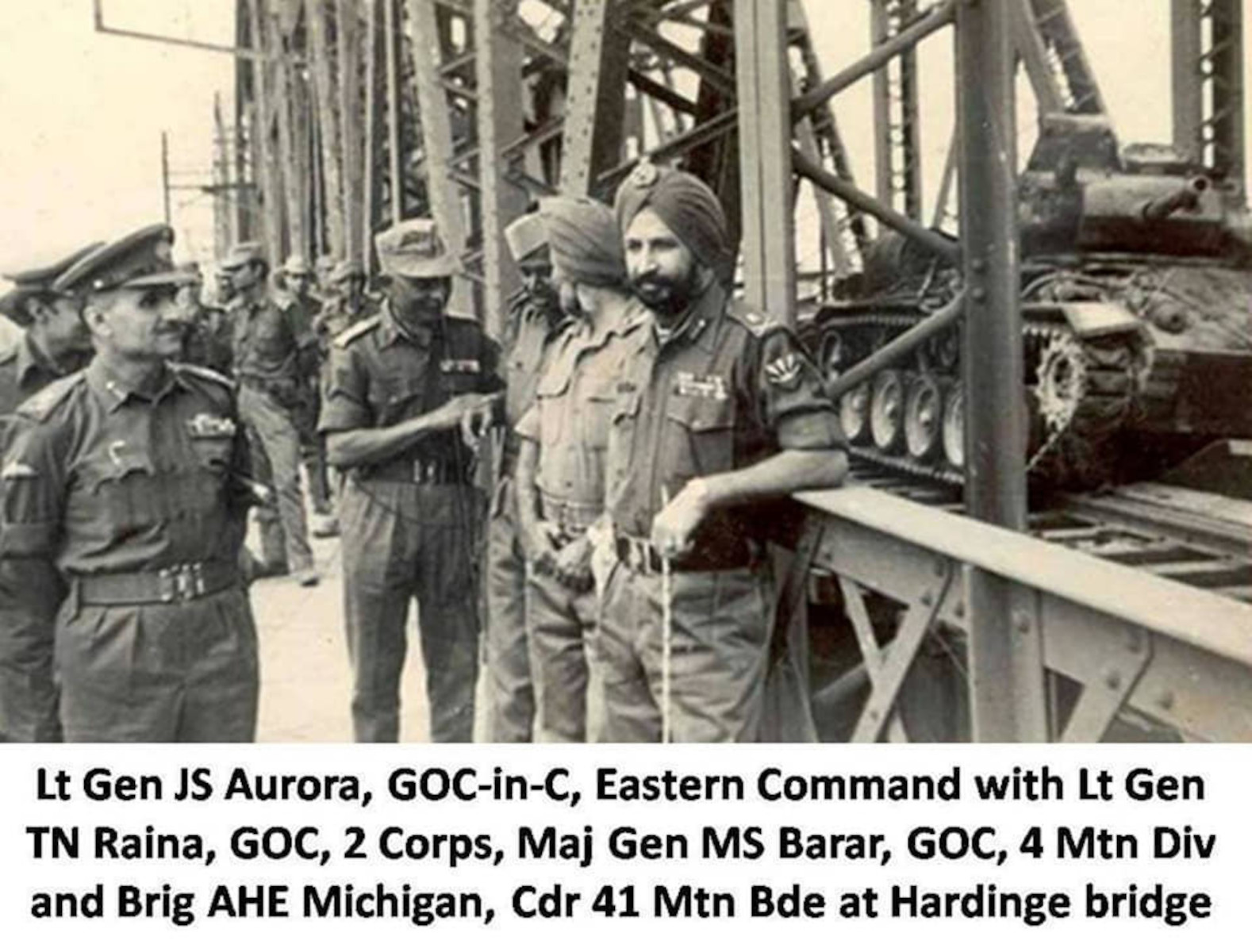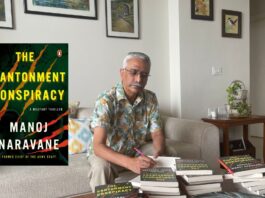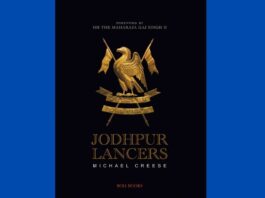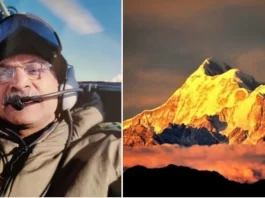This fascinating biography of Padma Bhushan General Tapishwar Narain Raina, MVC, the ninth Army Chief, authored by Brigadier Satish K Issar, VSM, (Retd), is a must-read for all officers of the Indian Armed Forces, public servants, and patriotic Indians across the canvas of professions, interested in nation-building.
At the outset, it is essential to note that the author’s credentials are impeccable. Not only has he worked in various capacities on the personal staff of General Raina and been closely associated with the family, but he has also earlier chronicled the biography of another illustrious Army Chief, General SM Srinagesh. Once again, he has pledged the entire proceeds from this book to the War Widows Fund of the Kumaon Regimental Centre.
The book was released by the current Army Chief on 20 Apr 2021 in a low-key ceremony due to the Coronavirus pandemic. Somewhat belated incoming, the book’s relevance in the current national context cannot be understated. Its significance for armed forces officers lies in drawing military lessons in the Indian context. Our military leaders have been nurtured on the military history of the two World Wars, and the battles fought then for far too long. It is time we shifted focus on our own military leaders and battles fought since Independence to draw invaluable lessons.
General TN Raina was an iconic Indian military leader whose contribution to the nation should be more widely known. The book highlights “Tappy” Raina being born in a middle-class Kashmiri Brahman family. He got commissioned into 1/19 Hyderabad Regiment (later 1 KUMAON) in Apr 1942. The period from his commissioning to becoming the Army Chief, and thereafter as India’s High Commissioner in Canada, is vividly captured in the biography. In covering his personality, the author has heavily quoted from the copious notes of Mrs “Ninette” Raina’s personal diary. It is pertinent to mention that Mrs. Raina was the epitome of beauty, grace, and intellect. Reading about tragedies faced by her, in her own words, is emotionally moving. The author was ably assisted by Ms. Anita Raina Thapan, (daughter of General Raina), and her younger son, Madhav.
The reader is provided with insight into the General’s visionary skill, moral and physical courage, and leadership based on human values. He was wounded early in service in Iraq, where he lost one eye. His apparent rise in rank belied the travails he went through.
On reaching the select rank of Lieutenant Colonel, he commanded 14 KUMAON (Gwalior) with distinction, creating high standards in training, sports and leadership. Promoted to Brigadier in Aug 1962, he was selected to command 114 Infantry Brigade at Chushul, then responsible for defence of Eastern Ladakh. This is the same area where 50000 troops are deployed today, with most landmarks well known to the public. It was here that the Chinese received a drubbing. 1/8 Gorkhas held Sirijap, where Major Dhan Singh Thapa won the Param Vir Chakra (PVC). 13 Kumaon, with Major Shaitan Singh commanding Rezangla Company, fought a “last man, last round “battle. Major Shaitan Singh was conferred PVC posthumously. It was a very rare operation in which two units of the same Brigade won PVCs for their actions. Tappy, then Brigadier, was decorated with the Maha Vir Chakra [ MVC ].
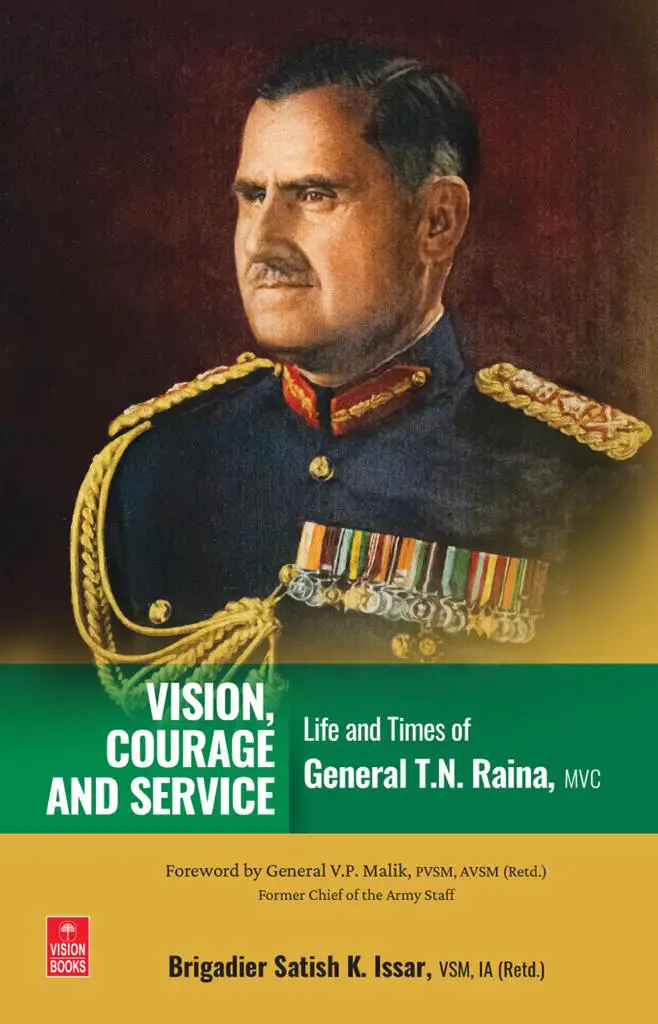
Readers will be enthralled to learn that Brigadier Raina was promoted to the rank of Major General and given command of the challenging 25 Infantry Division Sector, on the CFL, in Rajouri. This was 10 Jan 1966, the very day the Tashkent Declaration was signed. It was left to Tappy to oversee the exchange at the CFL in the light of our withdrawal from Hajipir and the Pakistani withdrawal from Chhamb – Jorian.
Tappy was fortunate to have undertaken operational responsibility in every senior rank. In 1971, he was promoted Lieutenant General and tasked to raise 2 Corps, which was launched into operations in erstwhile East Pakistan, with 4 and 9 Infantry Divisions forming part of it. Having successfully achieved the aim here, 2 Corps was moved to the Western theatre to take over part of the 11 Corps Zone in Punjab and North Rajasthan. Tappy thus experienced operations in both theatres of war. For his contribution to the nation in the 1971 War, Lieutenant General TN Raina was conferred the award of Padma Bhushan. He was elevated to the rank of Army Commander, Western Command, and thereafter as Chief of the Army Staff (COAS), at the young age of 54.
As the COAS, from 1 Jun 1975 to 31 May 1978, General Raina made significant improvements in the Indian Army (IA). Some of them stand out for their ethical and visionary outlook. The first and most significant was that he did not associate the IA with the enforcement of Emergency. He thereby upheld the apolitical ethos of the Army and the status of the office of COAS. The acceptance of his stand by the Government of that time was a reflection of the regard in which he was held. The second instance was the relocation of many Regimental Centres to the interior areas and moving field formations to those locations from where they could be mobilized faster for war. Despite stiff resistance to this proposal, General Raina ensured a time-bound relocation plan. The third was a visionary decision. He set up an Experts Committee to prepare a 25 years perspective plan (1975 – 2000 ) for the IA. The Committee comprised of professionally talented and promising officers capable of preparing and implementing the report. This fact alone had a profound impact on the modernization of the Army. Lieutenant General Satish Nambiar PVSM, AVSM VrC, (Retd), states; “I can say without fear of contradiction, that the capability of the Indian Army to deal with events of (the 1980s and 1990s)……. ………..through to Kargil, and even today are due to [ General, Raina’s] visionary measures. The fourth was some significant welfare measures taken with long term positive impact affecting thousands of servicemen and families:-
- Increase in Colour Service of other ranks, resulting in permanent pensionary benefits.
- Introduction of the Army Group Insurance scheme for all ranks, under complete control of IA
- Conceptualising, and introducing the Army Welfare Housing Organisation for all ranks.
- Setting up of Army Public Schools for wards of military personnel.
- Improvements in medical facilities
A true soldier – diplomat, General Raina, passed away while in service in Canada on 19 May 1980.
